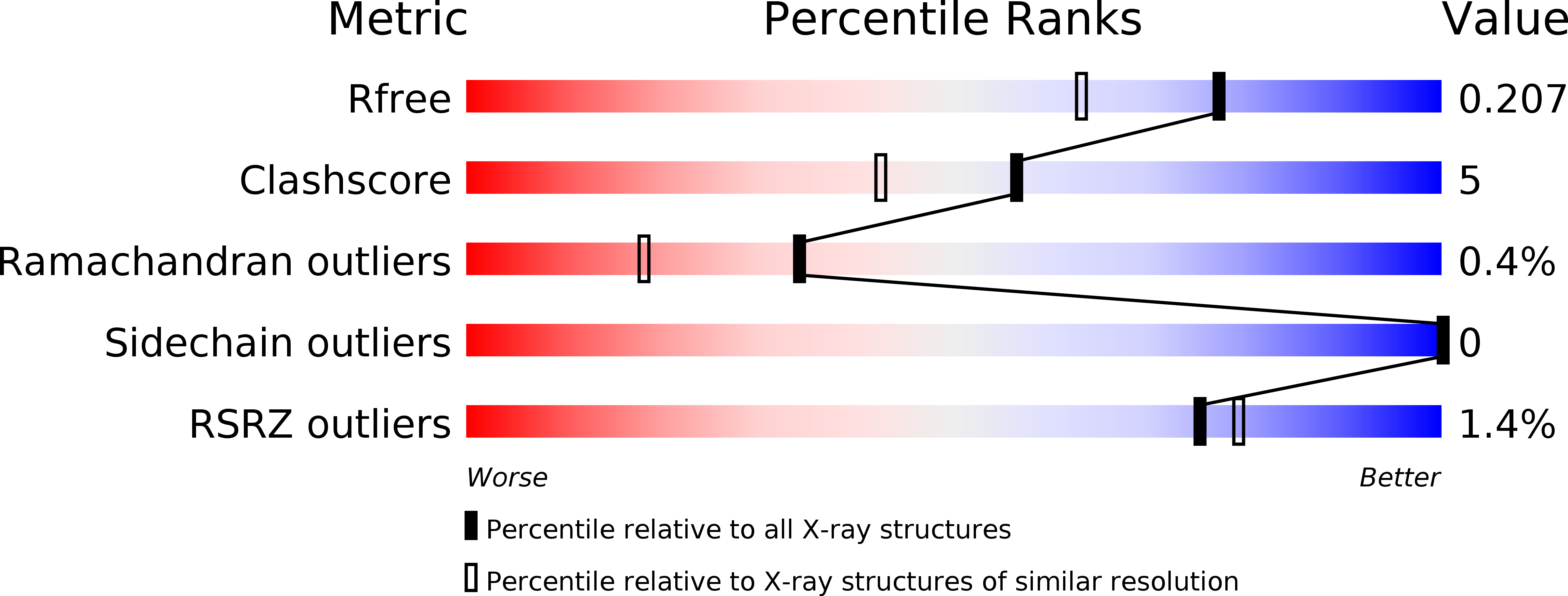
Deposition Date
2014-07-31
Release Date
2014-08-13
Last Version Date
2024-05-08
Entry Detail
PDB ID:
4UUU
Keywords:
Title:
1.7 A resolution structure of human cystathionine beta-synthase regulatory domain (del 516-525) in complex with SAM
Biological Source:
Source Organism:
HOMO SAPIENS (Taxon ID: 9606)
Host Organism:
Method Details:
Experimental Method:
Resolution:
1.71 Å
R-Value Free:
0.19
R-Value Work:
0.15
R-Value Observed:
0.16
Space Group:
P 21 21 21


